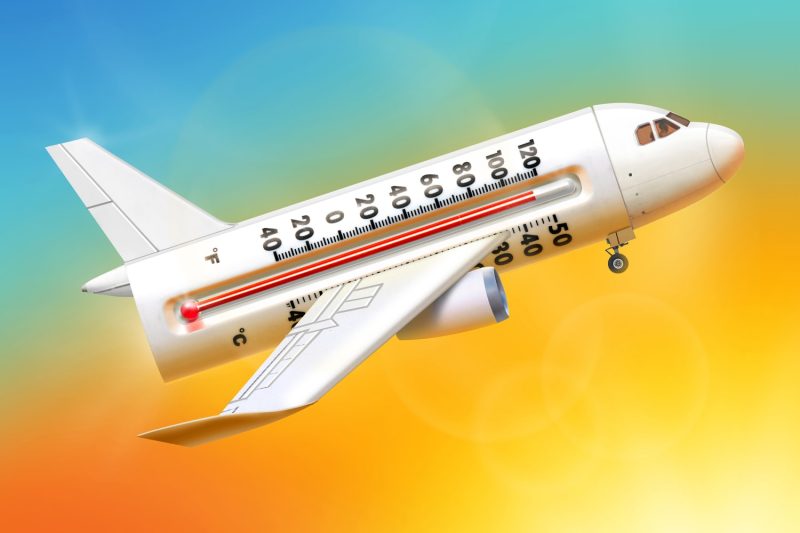
Surviving the Scorch: Airlines and Airports Cool Under Pressure as Extreme Heat Tests Flying Limits
Extreme Heat Makes Flying Harder! Here’s What Airlines and Airports Have to Say
While summertime brings about thoughts of vacation and relaxation for many people, for the aviation industry, extreme heat can pose a significant challenge. With temperatures soaring to unprecedented levels in various parts of the world, airlines and airports are being forced to adapt and address the issues that arise from operating in such conditions.
One of the main concerns that airlines and airports face during periods of extreme heat is the impact it can have on aircraft performance. High temperatures can affect the density of the air, making it more difficult for planes to generate the lift needed to take off and land safely. This can result in flight delays, cancellations, or even weight restrictions being placed on flights to ensure they can operate safely.
Airlines and airports also have to contend with the effects of extreme heat on their infrastructure and equipment. Runways can become softened by the heat, posing a risk to aircraft during takeoff and landing. Ground support equipment, such as air conditioning units and baggage handling systems, can also struggle to operate efficiently in high temperatures, leading to potential delays and disruptions in airport operations.
Despite these challenges, airlines and airports are implementing various measures to mitigate the impact of extreme heat on their operations. This includes conducting thorough weather assessments and making adjustments to flight schedules and routes to minimize potential disruptions. Airlines are also taking steps to improve aircraft performance in hot weather, such as using different takeoff and landing procedures and adjusting payload limits.
Additionally, airports are investing in infrastructure upgrades to better withstand extreme heat conditions. This includes installing more efficient cooling systems and reinforcing runways to prevent softening. Some airports are also exploring the use of innovative technology, such as special paints that reflect heat and reduce surface temperatures on runways and taxiways.
While extreme heat poses a significant challenge for airlines and airports, the industry is continuously adapting to ensure the safety and efficiency of air travel. By implementing proactive measures and investing in infrastructure improvements, airlines and airports can better withstand the challenges posed by rising temperatures and continue to provide reliable and safe services to passengers around the world.
